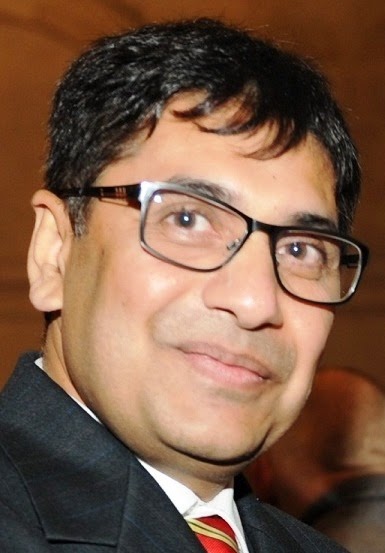India's New Education Policy 2020
New Education Policy recently published in India allowed foreign universities to open their campuses in India. Would this policy enhance cooperation with foreign universities and increase the standards of education and help in developing a higher education hub in India.
New Education Policy 2020 allowing foreign universities to set up their campuses in India, it may change the dynamics of higher education in India. It would save significant amounts of Indian foreign exchange and, over time, also become a source of foreign exchange earnings if overseas students choose to study in India.
Recent data
Ministry of External Affairs (MEA) estimates that 10.9 million Indian students are studying in foreign universities. MEA also estimated that the average 200,000 to 300,000 fresh students go abroad every year. India is the second-largest source of overseas students in the world after China.
Indian students spend between $7 billion and $12 billion a year on tuition, boarding, lodging, travelling and other expenses. For developed economies, overseas students are a significant source of revenue.
The most popular foreign destinations are the US, the UK, Australia, New Zealand, Canada, Singapore and Ireland. In recent years, universities in Germany, the Netherlands, Switzerland, France and China have also begun attracting students from India.
Why students go abroad
The main reason why so many Indian students go abroad to study is the quality of training in foreign universities. The competition for securing a seat in the top Indian institution is highest in the world and students who fail in securing a place in the premier institutions. The children of wealthy families also go abroad for higher education.
The acceptance rate in premier Indian institutes very low, like 0.7 per cent for Indian Institue of Technology and 0.25 per cent for Indian Institute of Management, compared to 3.7 per cent for Massachusetts Institute of Technology and 5.2 per cent for Harvard University, therefore, students who can afford study in foreign universities. The research facilities and quality of faculties in some institutions outside of top-ranked colleges are also not up to the expectations is another reason.
Despite economic progress, India has not invested as much attention and money on education and its related infrastructure as is required for an economy that has grown to become the world fifth-largest. It has also created a mismatch between demand and supply.
The New Education Policy 2020 encourages to facilitate the entry of the world top 100 universities via the passage of a new law to be enacted for this purpose.
In the past, many political leaders and educationists in India felt that allowing foreign universities to open campuses in India would raise the cost of higher education in the country. They also believed that these institutions would poach the best faculty members from existing Indian universities, thus, dealing a double whammy to the nation’s higher education infrastructure.
In the past several attempts to allow entry for foreign universities in India has been failed. The first such move, in 1995, the second attempt, a decade later also failed, even it gets the approval of the then Manmohan Singh Cabinet. During UPA II, yet another attempt to pass the Foreign Educational Institutions (Regulation of Entry and Operations) Bill, 2010 lapsed with the completion of the term of that Parliament.
India’s higher education landscape
The proposed entry of the 100 top foreign universities into India would help to address a demand for quality higher education. The competition for both the best students and the most talented faculty expected to raise the overall standards of higher education across India, and it would improve the quality of institutions that currently ranked below the top tier.
As the Indian campuses of foreign universities gain acceptance, overseas students may also enrol to study in them. Thus, the decision to allow the entry of foreign universities in India can become the first step towards turning India into an education hub and, this very much aligned with past Indian glory of "Viswa Guru".




Comments